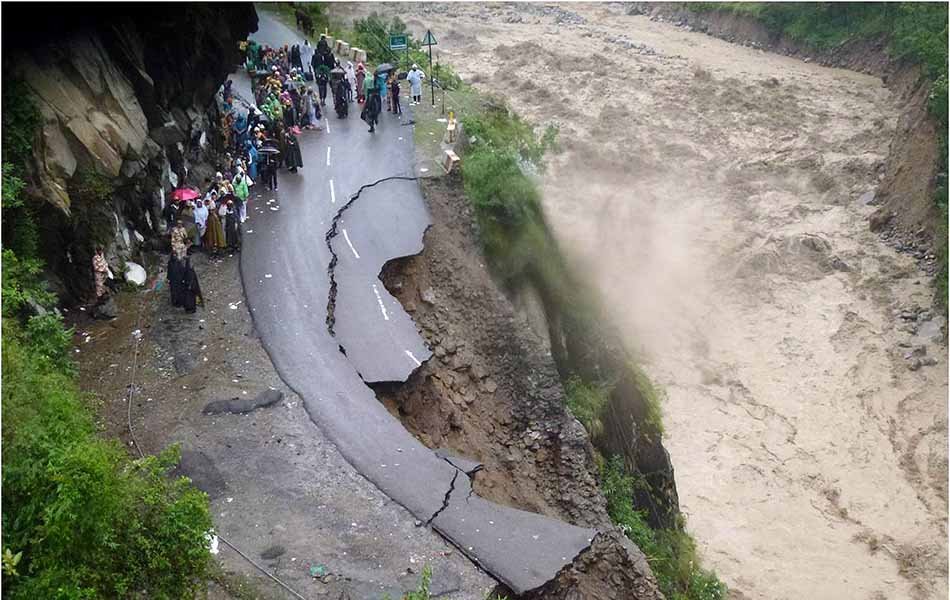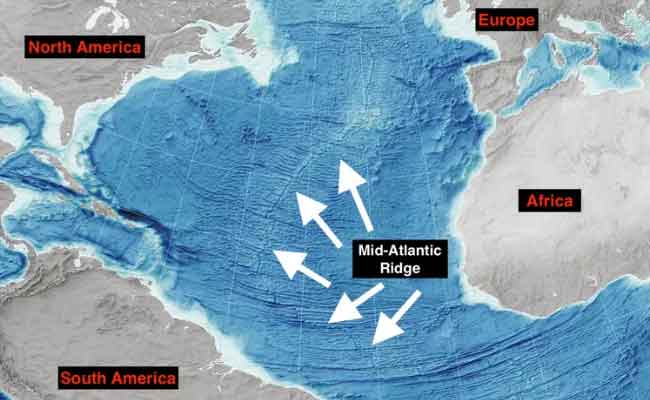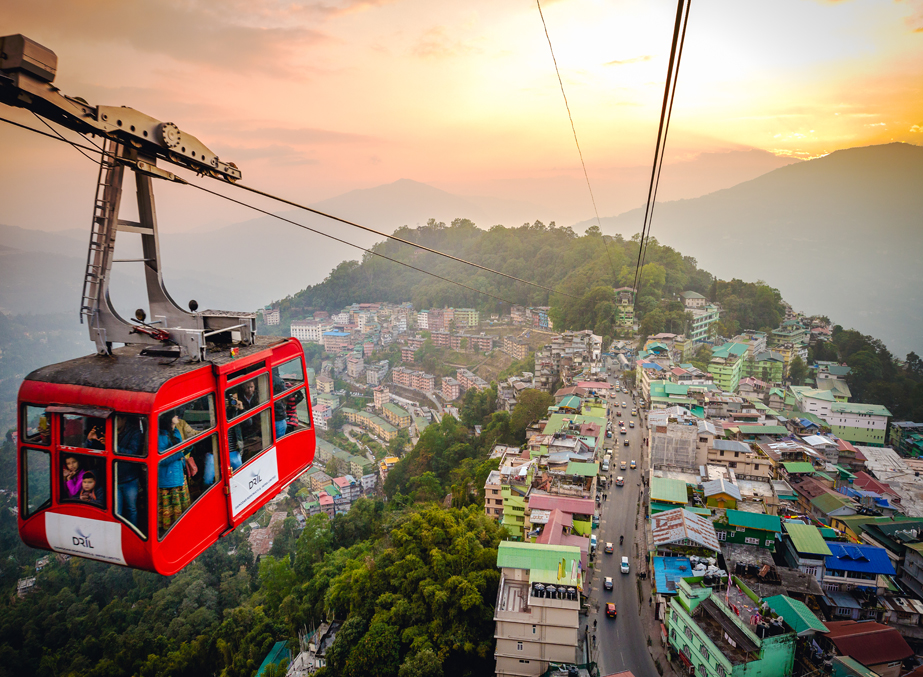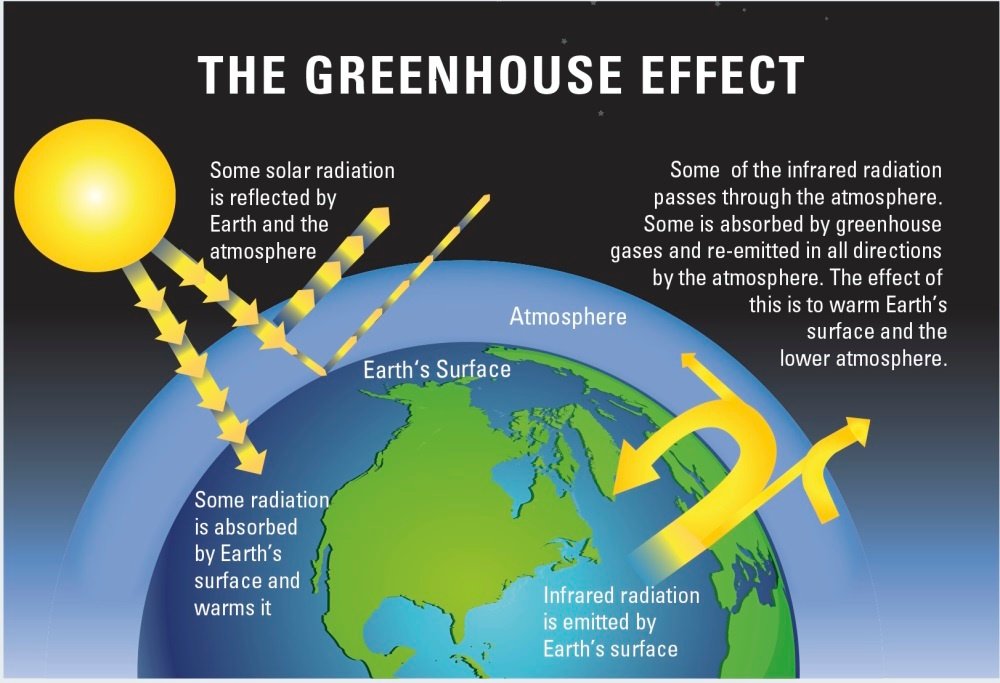Natural calamities are catastrophic events that occur due to natural processes of the Earth. These events, such as earthquakes, floods, hurricanes, volcanic eruptions, and droughts, can cause significant loss of life, property damage, and environmental destruction. Understanding the reasons behind these calamities is essential to prepare, mitigate, and reduce their impact on human life and ecosystems.
Geological Causes
Many natural calamities are triggered by geological processes. Earthquakes occur due to the sudden movement of tectonic plates beneath the Earth’s crust. Volcanic eruptions are caused by the buildup of pressure from molten rock beneath the surface. Landslides often happen when heavy rainfall or seismic activity destabilizes slopes. These geological events are part of the Earth’s natural cycle but can become disastrous when they occur near populated areas.
Meteorological Causes
Meteorological phenomena, including hurricanes, cyclones, and tornadoes, are caused by changes in atmospheric conditions. Warm ocean waters, high humidity, and shifting wind patterns can intensify storms, leading to massive rainfall, strong winds, and flooding. Climate change has also exacerbated these events, making storms more frequent and severe. Droughts, another form of meteorological disaster, occur due to prolonged periods of low rainfall, affecting agriculture, water supply, and food security.

Environmental Degradation
Human activities can indirectly contribute to natural calamities. Deforestation, urbanization, and improper land use can increase the severity of floods, landslides, and soil erosion. The destruction of natural barriers such as mangroves and wetlands reduces the Earth’s ability to absorb excess water, leading to more severe flooding during heavy rains. Similarly, the overuse of groundwater and unsustainable agricultural practices can trigger subsidence and exacerbate drought conditions.
Climatic and Global Factors
Global phenomena like El Niño and La Niña also play a role in triggering natural disasters. These patterns cause significant fluctuations in temperature and precipitation across the globe, leading to floods, storms, or droughts in affected regions. Rising global temperatures due to climate change have further intensified these phenomena, increasing the frequency and intensity of natural calamities.
In conclusion, natural calamities arise from a combination of geological, meteorological, environmental, and global factors. While humans cannot prevent many natural processes, understanding the reasons behind these events helps in disaster preparedness, risk reduction, and building resilient communities. Mitigation strategies, early warning systems, and sustainable practices are key to reducing the devastating impact of natural calamities on society and the environment.
![]()





